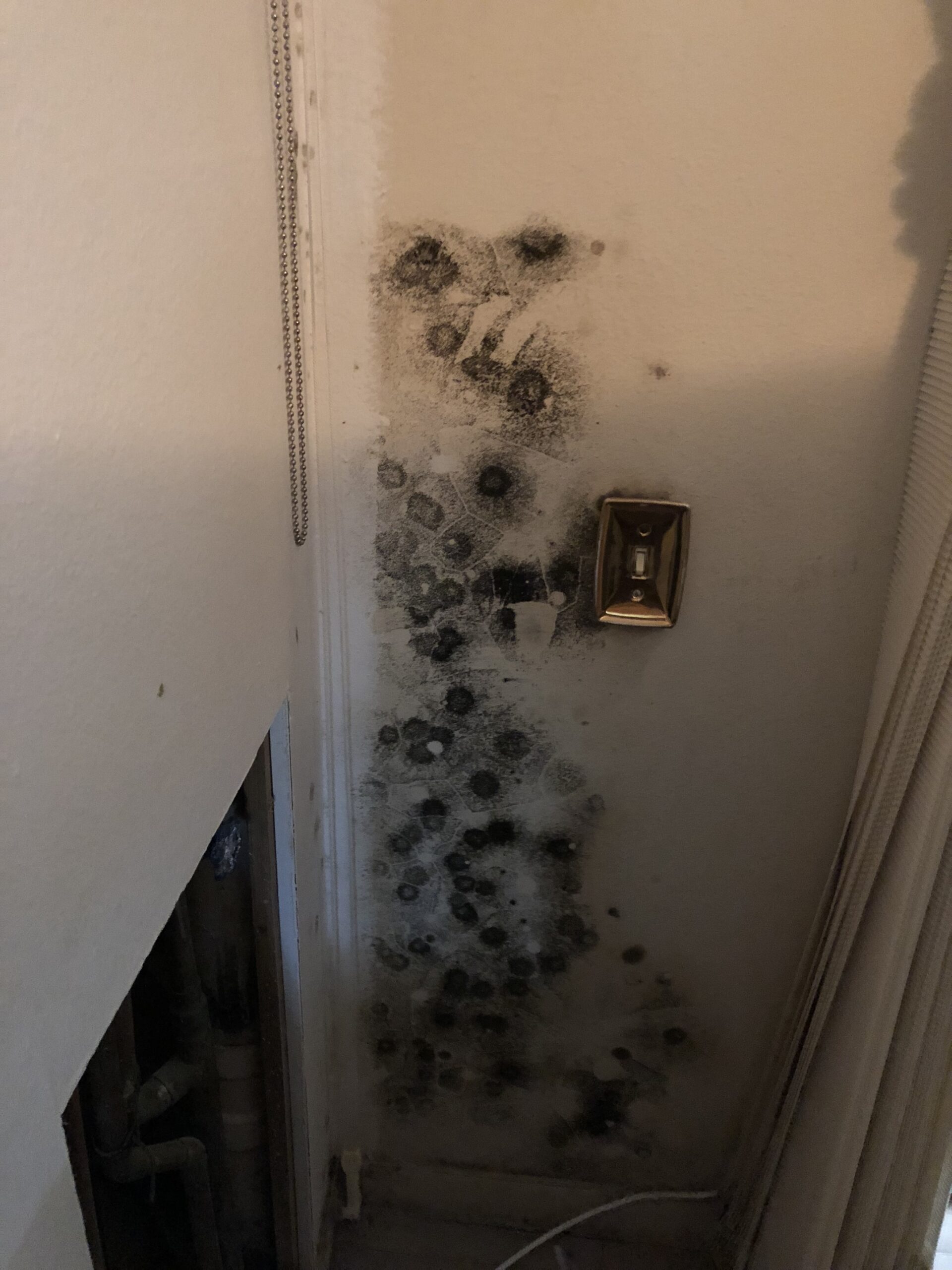Understanding Mycotoxins and Their Health Risks
Mycotoxins are hazardous compounds produced by specific species of molds and fungi. These microorganisms have the potential to contaminate a broad range of materials, including food products, grains, agricultural commodities, and indoor environments. Under conditions of moisture and warmth, mold proliferation may result in the emission of these toxic substances into the surrounding area. Human and animal exposure to mycotoxins—via ingestion, inhalation, or dermal contact—can lead to significant adverse health effects. For more information on Mold visit our FAQ page
What Are Mycotoxins?
Mycotoxins are secondary metabolites produced by fungi such as Aspergillus, Fusarium, and Penicillium species. They are not essential for the fungi’s survival but serve as chemical defenses. The most concerning aspect of mycotoxins is their potent toxicity. While not all molds produce mycotoxins, those that do can contaminate food supplies, indoor environments, and agricultural products, making their way into homes, workplaces, and even vehicles.
Some common types of mycotoxins include:
Aflatoxins – Produced by Aspergillus species; known for their carcinogenic properties.
Ochratoxins – Linked to kidney damage and immune suppression.
Trichothecenes – Produced by Fusarium; associated with immune system suppression and severe inflammatory responses.
Zearalenone – Mimics estrogen and can disrupt hormonal balance.
Fumonisins – Associated with neural tube defects and esophageal cancer.
Health Risks Associated with Mycotoxin Exposure
Kidney Damage (Nephrotoxicity)
One of the most documented effects of mycotoxins is nephrotoxicity, the damage of kidney tissues. The kidneys are vital for filtering waste from the blood, and mycotoxins like ochratoxin A can impair their function, potentially leading to chronic kidney disease or renal failure.
Immune System Suppression
Mycotoxins can have a profound impact on the immune system, weakening the body’s natural defenses against infections. This suppression can make individuals more susceptible to viral, bacterial, and fungal infections. Long-term exposure may contribute to autoimmune disorders, where the immune system mistakenly attacks the body’s own tissues.
Neurological Effects
Prolonged exposure to certain mycotoxins has been shown to impact neurological health. Documented symptoms include:
Memory loss
Difficulty concentrating
Learning difficulties
Headaches
Mood disturbances
Some mycotoxins exhibit direct neurotoxic effects, disrupting nerve signaling and causing neuronal injury. Chronic exposure can potentially increase the risk of neurodegenerative diseases.
Increased Cancer Risk
Several mycotoxins have been classified as carcinogens by health authorities. Chronic ingestion or exposure to aflatoxins, for example, is linked to liver cancer. There is also evidence suggesting associations between mycotoxin exposure and breast, gastric, and esophageal cancers.
Rare but Severe Health Conditions
Although less common, exposure to high levels of mycotoxins can result in rare but severe health issues such as:
Pulmonary Hemorrhage – Bleeding in the lungs, potentially life-threatening.
Aplastic Anemia – A serious condition where the bone marrow fails to produce enough blood cells, leading to fatigue, infections, and bleeding disorders.
Risks During Pregnancy
Mycotoxins pose particular risks during pregnancy. They can cross the placental barrier, potentially causing congenital anomalies and affecting fetal development. Pregnant individuals exposed to mycotoxins may face increased risks of miscarriage, birth defects, or developmental delays in their children.
How Mycotoxins Enter Indoor Environments
Mycotoxins enter indoor spaces when mold grows on materials like drywall, wood, carpets, and insulation in damp conditions. Molds release spores and mycotoxins, contaminating air and surfaces and creating inhalation risks. Water damage, humidity, and poor ventilation encourage mold; any poorly controlled environment—homes, schools, offices, even cars—can become a source of exposure.
Prevention and Risk Management Strategies
While the health risks of mycotoxins are serious, effective prevention and risk management strategies can help minimize exposure:
Control Moisture and Prevent Mold Growth
Fix leaks in roofs, windows, and plumbing immediately.
Use dehumidifiers and air conditioners to maintain indoor humidity below 50%.
Ensure proper ventilation in bathrooms, kitchens, and laundry areas.
Remove and replace water-damaged materials promptly.
Store Food Properly
Keep dry goods in airtight containers.
Store food in cool, dry places to discourage mold growth.
Inspect grains, nuts, spices, and dried fruits regularly for signs of mold.
Regular Cleaning and Inspections
Can areas prone to moisture with mold-preventive products.
Conduct routine inspections of basements, attics, and crawl spaces.
Address any signs of mold growth as soon as they are noticed.
Monitor Indoor Air Quality
Consider professional indoor air quality assessments if unexplained health symptoms arise.
Use air purifiers with HEPA filters to reduce airborne spores and toxins.
Maintain HVAC systems regularly to prevent mold buildup in ductwork.
Professional Mold Remediation
When mold contamination is significant, professional remediation may be necessary. Certified mold remediation specialists can assess the extent of contamination, remove affected materials safely, and apply treatments that neutralize mold and mycotoxins.
Taking Action for Your Health
Understanding the risks associated with mycotoxins is crucial for safeguarding both health and the environment. These toxins are linked to a variety of adverse health effects; however, through diligent monitoring and proactive management, these risks can be significantly mitigated.
If there is any suspicion of mold contamination in residential, occupational, or vehicular settings, or if unexplained health symptoms arise, it is advisable to consult with qualified healthcare professionals as well as certified mold remediation specialists. Prompt detection and timely intervention are fundamental to reducing the potential health consequences of mycotoxin exposure.
Maintaining awareness and implementing preventative measures contribute to ensuring a safer and healthier environment for individuals and their families.
For more information on how mold can affect your health visit the CDC or FEMA‘s websites. And for more information on how we can solve your mold problem, visit our Mold Remediation Services page.


